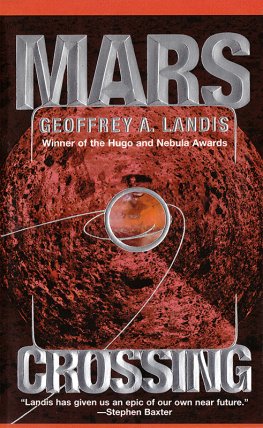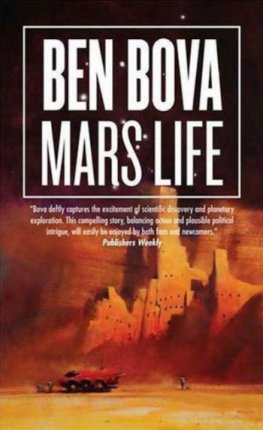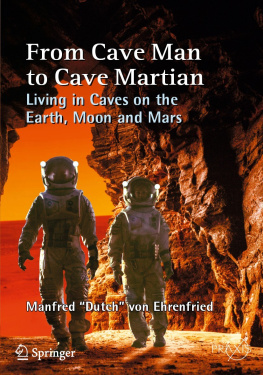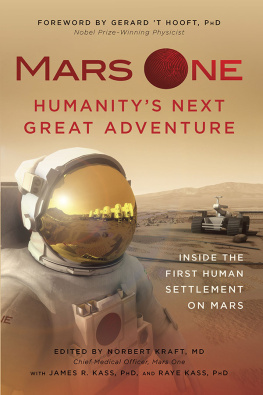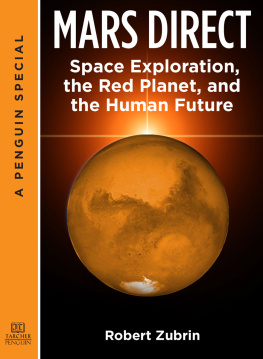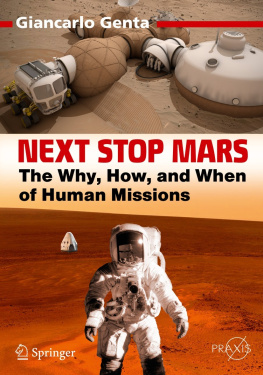More from this Series |
 | 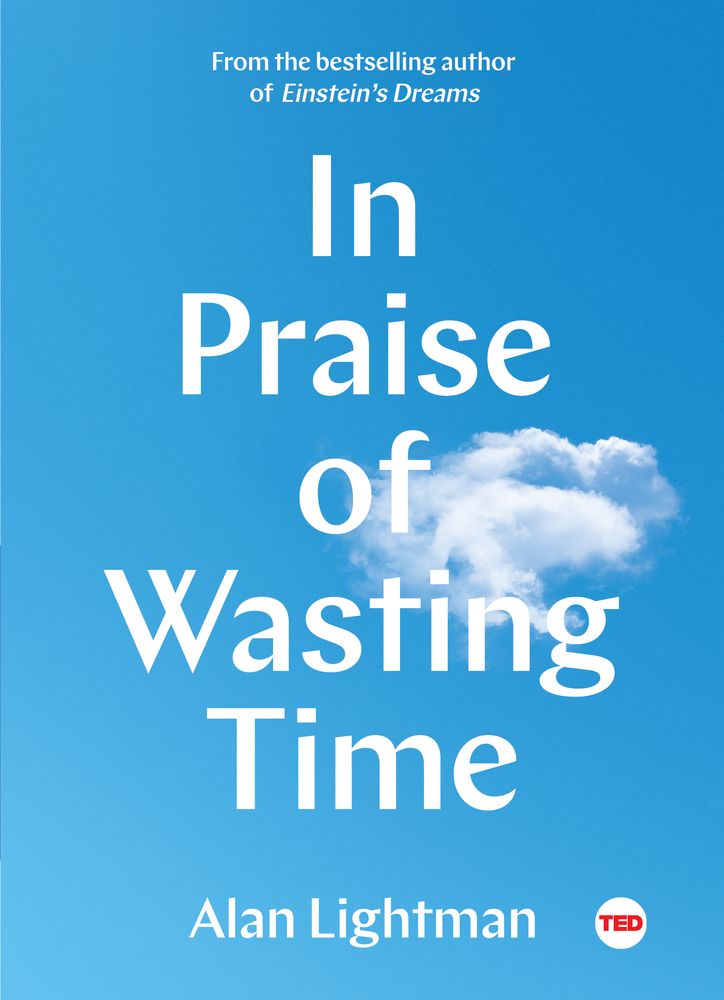 |
Thanks A Thousand | In Praise of Wasting |
 |  |
How to Fix a Broken | Rescue |
 | 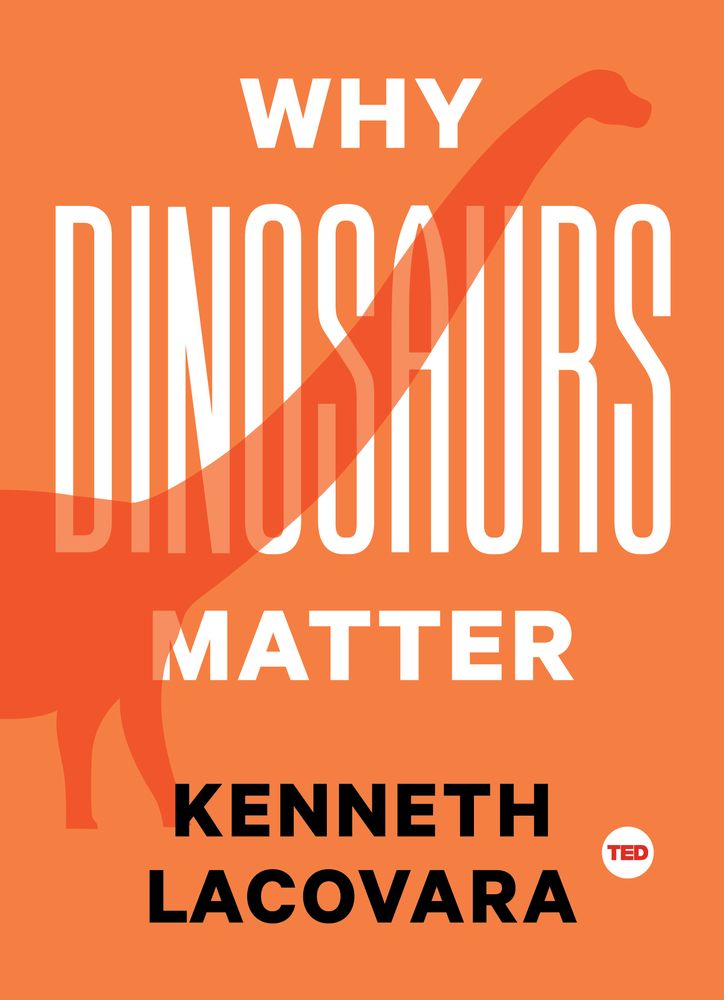 |
The Misfit's Manifesto | Why Dinosaurs Matter |
ABOUT THE AUTHOR

STEFAN PETRANEK
Stephen Petraneks career of more than forty years in the publishing world is marked by numerous prizes and awards for excellent writing on science, nature, technology, politics, economics, and more. He has been editor in chief of the worlds largest science magazine, Discover ; the editor of the Washington Post s magazine; founding editor and editor in chief of This Old House magazine for Time Inc.; senior editor for science at LIFE magazine; and group editor in chief of Weider History Groups ten history magazines. His first TED Talk, 10 Ways the World Could End , has been watched more than one million times. He is now the editor of Breakthrough Technology Alert , for which he finds the investment opportunities that create true value and move the human race forward.
Read the book and watch the talk.
Stephen Petraneks TED Talk, available online:
www.TED.com
Meet the authors, watch videos and more:
SimonandSchuster.com
authors.simonandschuster.com/Stephen-Petranek
ABOUT TED BOOKS
TED Books are small books about big ideas. Theyre short enough to read in a single sitting, but long enough to delve deep into a topic. The wide-ranging series covers everything from architecture to business, space travel to love, and is perfect for anyone with a curious mind and an expansive love of learning.
Each TED Book is paired with a related TED Talk, available online at TED.com. The books pick up where the talks leave off. An eighteen-minute speech can plant a seed or spark the imagination, but many talks create a need to go deeper, to learn more, to tell a longer story. TED Books fill this need.
ABOUT TED
TED is a nonprofit devoted to spreading ideas, usually in the form of short, powerful talks (eighteen minutes or less). TED began in 1984 as a conference where Technology, Entertainment, and Design converged, and today covers almost all topicsfrom science to business to global issuesin more than one hundred languages. Meanwhile, independently run TEDx events help share ideas in communities around the world.
TED is a global community, welcoming people from every discipline and culture who seek a deeper understanding of the world. We believe passionately in the power of ideas to change attitudes, lives, and, ultimately, the world. On TED.com, were building a clearinghouse of free knowledge from the worlds most inspired thinkersand a community of curious souls to engage with ideas and one another, both online and at TED and TEDx events around the world, all year long.
In fact, everything we dofrom our TED Talks videos to the projects sparked by the TED Prize, from the global TEDx community to the TED-Ed lesson seriesis driven by this goal: How can we best spread great ideas?
TED is owned by a nonprofit, nonpartisan foundation.
ACKNOWLEDGMENTS
Many thanks to Chris Anderson for insisting I write this book when I would have rather spent more time flying quadcopters with him, to Michelle Quint for brilliant structural editing, to Alex Carp for relentlessly keeping my facts straight, to John House for finding amazing Mars mind-candy on obscure websites, to Juan Enriquez for never letting me forget what humans can accomplish, and to my darling wife, Chee Pearlman, for constantly supporting me in spite of her belief that people have better things to do with their time than go to Mars.
Das Marsprojekt
When Robert Goddard launched the first liquid-fueled rocket to a grand altitude of forty-one feet in 1926, could he have possibly imagined wed be touching down on Mars 101 years later? Yet the path is surprisingly straightforward. You can draw a line from those first astronauts that will land on Mars in 2027 straight back to one person: a former SS officer in World War II named Wernher von Braun. As his designs, built on Goddards inventions, rained ruin on London, von Brauns genius for rocketry became all too obvious. He gave Adolf Hitler weapons of terror that shocked the world. Yet by 1948, only four years after von Brauns sophisticated V-2 rocket was launched across the North Sea, the thirty-six-year-old engineer found himself living at Fort Bliss, Texas, with a team of German rocket-scientist colleagues, all of them prisoners of peace.
The US Army team that spirited von Braun and his engineers out of Germany reportedly allowed them to leave the base only with an escort, and so von Braun and his men spent their days uploading their extraordinary expertise into the minds of Americans who were trying to build a ballistic missile. But often they had little to do. So the former head of the worlds most advanced rocket program decided to write a book about his favorite subjectspace exploration. The book wasnt published until 1952, and then only in German, as Das Marsprojekt . In 1953 the University of Illinois Press published it in English as The Mars Project . To this day, the ninety-one-page brief remains the most influential manual on space travel ever written. It has never become obsolete, and much of it still serves as a guide to getting humans to Mars.
The vision von Braun set out in his book was massiveit involved seventy men flying on a fleet of ten spacecraft, three of which were cargo ships that would not return.
I believe it is time to explode once and for all the theory of the solitary space rocket and its little band of bold interplanetary adventurers, von Braun wrote. No such lonesome, extra-orbital thermos bottle will ever escape earths gravity and drift toward Mars.
The plan was to build the spacecraft at a space station in Earths orbit. The equipment and materials would be launched there by forty-six fully reusable three-stage rockets, the first two stages of which would parachute back to terra firma, while the third would fly home on wings. This vision created in 1948 , when von Braun made most of his calculationspredicted the US space shuttle, as well as Space Exploration Technologies Corporations current efforts to build a reusable orbital rocket that can be refueled and relaunched within twenty-four hours. In 1953, von Braun estimated that nine-hundred-fifty ferry flights would be necessary to build and fuel the ten spaceships.
The German engineers version of a trip to Mars called for the use of Hohmann transfer orbitsa fuel-saving method by which a spaceship in a circular orbit of Earth can briefly turn on its enginescalled a burnto escalate into an elliptical orbit that will intersect with Marss orbit around the sun. The ship can then coast without burning fuel until it gets close to Mars. Once near Mars, a second burn will decelerate it into an orbit around the Red Planet. Its a bit like Tarzan swinging on a long vine to get between two trees that are far apart, and then picking up a short vine to get to a specific branch. The maneuver requires precise timing of the alignment of Mars and Earth in their orbits.



